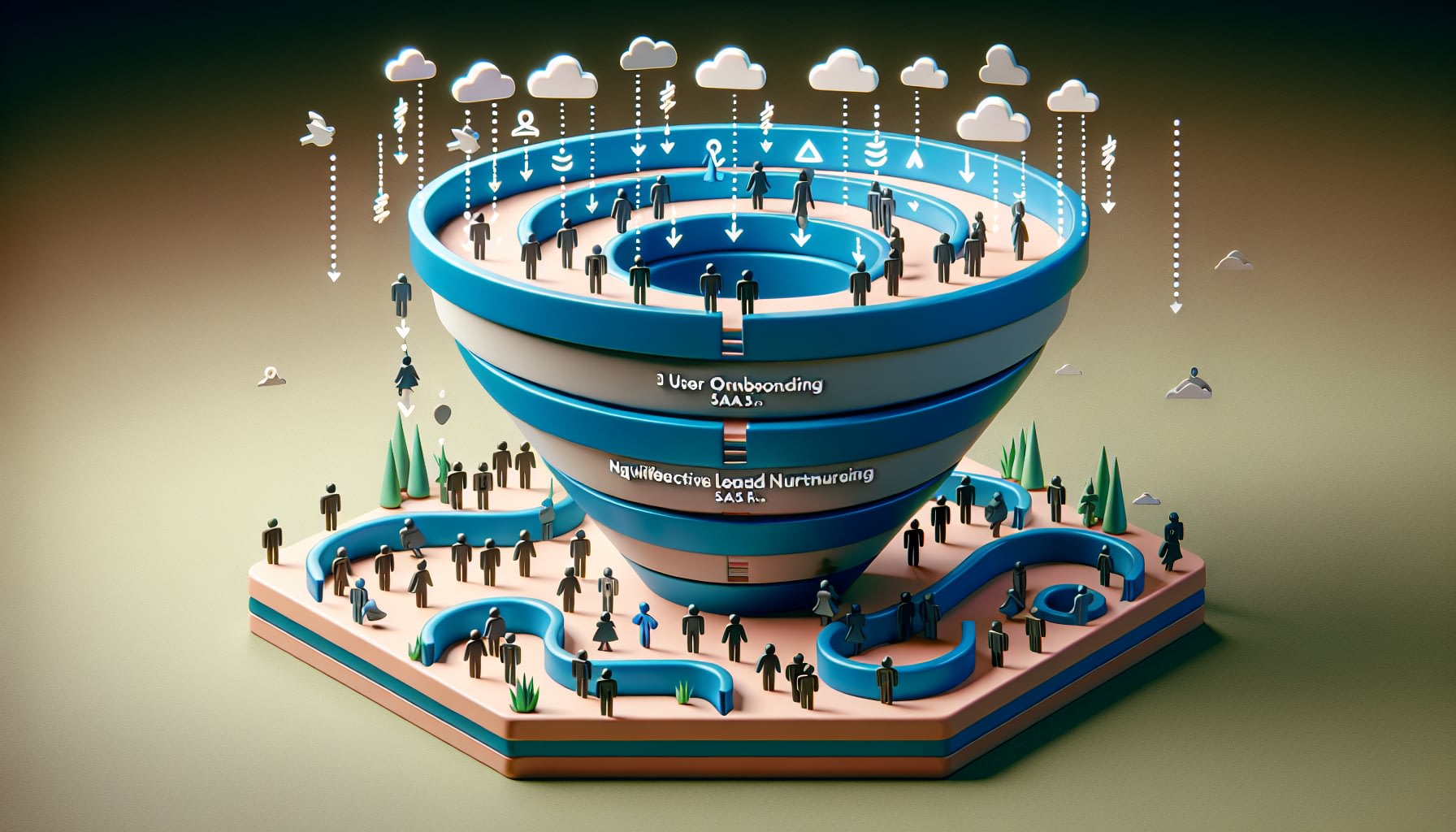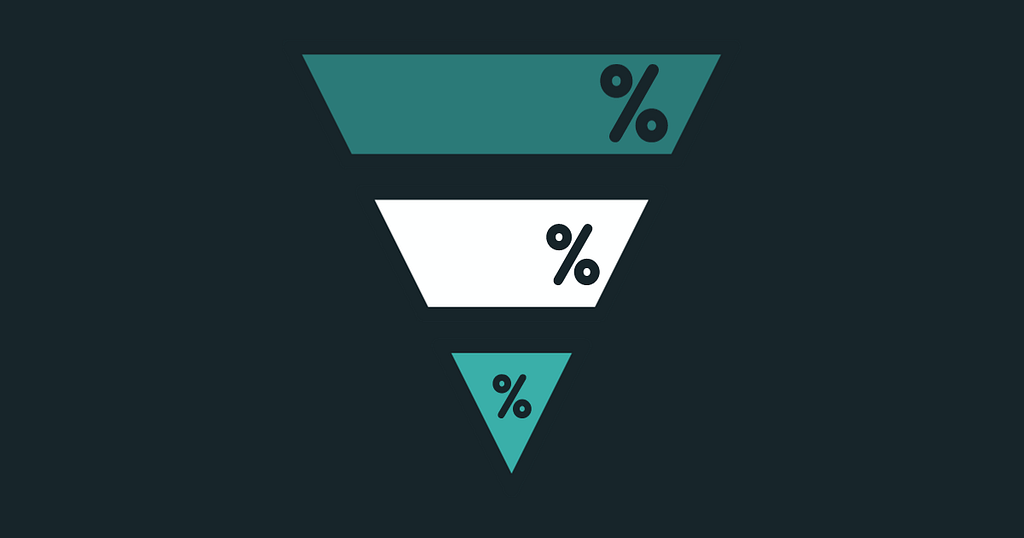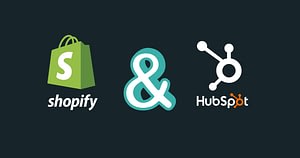In the fast-paced world of digital marketing, measuring success is paramount. Key Performance Indicators (KPIs) are the compass for marketers, sales professionals, and business owners to navigate the complex landscape of online marketing. Among the myriad metrics available, three KPIs are crucial for business marketing teams of all sizes: Marketing Qualified Leads (MQL), Sales Qualified Leads (SQL), and Customer Conversion Rate. This blog post delves into these essential KPIs, highlighting their importance, differences, and the means to track and optimize them. Additionally, it explores the insights gained through their analysis and the role of reporting tools, more data, and reporting software, including HubSpot CRM, in following these KPIs.
Understanding Marketing KPIs in a Digital World
In the ever-evolving digital marketing landscape, understanding Key Performance Indicators (KPIs) and data is crucial for any business looking to thrive online. KPIs are quantifiable metrics and data that enable businesses to gauge the effectiveness of their marketing efforts, providing valuable insights into what works and what needs improvement. These metrics and data serve as the guiding stars for marketers, helping them navigate the complexities of digital campaigns and strategies.
| Stage | Description | Actions/Activities | Metrics/Indicators |
|---|---|---|---|
| Lead | Initial contact or expression of interest. This could be someone who fills out a form on your website, subscribes to a newsletter, or engages with your content. | Collecting lead information, engaging through content marketing, email campaigns. | Number of leads, source of leads. |
| MQL (Marketing Qualified Lead) | A lead that has shown enough engagement or interest and fits the criteria to be considered more likely to become a customer. | Lead scoring based on engagement, targeted marketing campaigns, nurturing through educational content. | Lead score, engagement metrics (e.g., email opens, content downloads). |
| SQL (Sales Qualified Lead) | A lead that has been reviewed and vetted by the sales team and is considered ready for direct sales follow-up. | Sales team review, direct contact with leads, qualification calls/meetings. | Number of leads moved to SQL, outcome of sales interactions. |
| Opportunity | A SQL that shows clear intent to purchase or is actively considering a proposal. | Presentations, proposals, negotiation, addressing objections. | Proposal acceptance rate, advancement in sales pipeline. |
| Customer | The lead has made a purchase and is now a customer. | Closing the deal, onboarding, post-purchase support. | Conversion rate, customer acquisition cost, time to close. |
What is the Difference Between a Marketing Qualified Lead and a Sales Qualified Lead?
MqLs are marketing qualified leads who are interested in your product. A sales-qualified lead can be an eligible seller who wants to sell. This intent distinguishes between MQL and SQL; all lead types need different ads.
Marketing Qualified Leads (MQL): Identifying Potential Prospects
What is an MQL?
Marketing Qualified Leads (MQLs) are individuals or entities that have shown interest in your product or service through various forms pain points of engagement. This interest is typically gauged through interactions through other channels like website visits, content downloads, newsletter subscriptions, or event participation. MQLs are considered potential customers who have taken some action indicating a level of interest in your brand but are not yet ready to purchase.
Key Characteristics of MQLs:
Engagement with Marketing Content: MQLs often engage with your marketing content, showing interest in your offerings.
Higher in the Sales Funnel: They are typically at the awareness or consideration stages of the buyer’s journey.
Not Yet Sales-Ready: Although interested, MQLs require further nurturing and information before making a purchase decision.
What is an SQL?
On the other hand, sales Qualified Leads (SQLs) are leads that have been vetted by both the company, marketing and sales teams and are deemed ready for the next stage in the sales process. For example, An SQL is a potential customer who has moved beyond mere interest and has displayed intent to purchase. This might be indicated by requesting a demo, filling out a contact form for more information, or through other leads directly inquiring about products or services.
Key Characteristics of SQLs:
Sales-Readiness: SQLs have been qualified by the sales team as ready for direct sales engagement.
Intent to Purchase: These leads have intended to buy, differentiating them from MQLs.
Further Down the Sales Funnel: SQLs are often in the decision-making stage of the buyer’s journey.
Differentiating Between MQL and SQL
The primary distinction between an MQL and an SQL lies in the lead’s readiness to purchase. MQL’s potential leads are still exploring their purchase options and are unprepared to commit. In contrast, SQLs have a clear purchase intent and are considered ripe for sales conversations.

Impact on Marketing Efforts and Sales Strategies
Understanding the difference between MQLs and SQLs is crucial for tailoring your company, marketing, and sales strategies:
Different Ads for Different Lead Types: Since MQLs and SQLs are at various stages of the buying process, they require different types of advertising and engagement strategies. MQLs respond better to educational and informative content, while SQLs need more persuasive and decision-facilitating content.
Lead Nurturing Tactics: MQLs require nurturing through email marketing, retargeting campaigns, and educational content to move them down the funnel to become SQLs.
Sales Approach: SQLs require a more direct sales approach, with personalized communication and specific product or service pitches.
Customer Conversion Rate: From Lead to Loyal Customer
The ultimate objective of any digital marketing initiative is to turn leads into paying customers. This transformation is the crux of business growth, net profit, and sustainability in the digital era. The Customer Conversion Rate (CCR) serves as a crucial metric in this context, quantifying the effectiveness of your marketing and sales efforts. It is calculated by dividing the gross margin per total number of customers purchased by the total number of leads, then multiplying by 100 to get a percentage.
Why is Customer Conversion Rate Essential?
Measuring Success:
Insight into Funnel Effectiveness: Monitoring the Customer Conversion Rate offers vital insights into your sales and marketing funnel performance. It tells you how well your strategies move leads through the funnel toward a purchase.
Benchmarking Performance: It acts as a benchmark to measure the success of your marketing campaigns, sales tactics, and customer engagement strategies.
Lead Scoring: Build out a lead scoring process that helps prioritize ideal MQLs and SQLs
Strategic Decision-Making Around Marketing Efforts:
Identifying Strengths and Weaknesses: A high conversion rate indicates effective marketing and sales strategies, while a low rate can highlight areas needing improvement.
Resource Allocation: Understanding your CCR helps allocate resources more efficiently, focusing on strategies that drive conversions.
Customer Journey Optimization:
Enhancing User Experience: Analyzing conversion rates can reveal insights into the customer journey, allowing you to optimize user experience at every touchpoint.
Personalization: It aids in tailoring marketing efforts better to meet the needs and preferences of your target audience.
Long-Term Customer Value:
Beyond the First Engagement: A robust conversion strategy doesn’t just aim for a one-time purchase but focuses on nurturing leads into loyal customers, thereby increasing the lifetime value of each customer.
Feedback Loop: Regular conversion rate analysis can help refine customer retention strategies.
Market Trends and Consumer Behavior:
Adapting to Changes: Keeping a close eye on conversion trends helps quickly adapt to market changes and evolving consumer behaviors.
Competitive Edge: Businesses with higher conversion rates often have a competitive edge in a competitive market, as they can efficiently turn interest into revenue.
Gaining Insights Through Key Performance Indicator (KPIs) Analysis
One of the most potent aspects of closely monitoring KPIs financial metrics with services like MQL, SQL, and Customer Conversion Rate is their wealth of insights. These insights are beyond numbers that measure performance; they offer a deeper understanding of your marketing and sales processes.
High MQL Conversion, Low SQL Conversion: Messaging Alignment
Suppose your MQL conversion rate is high, for example, indicating many potential new customers showing interest, but your SQL conversion rate remains low. In that case, this misalignment can be a red flag. It suggests that your marketing messaging may be enticing enough to generate interest but is not effectively aligning customer behavior with your core deliverable.
Insight: This misalignment could signal that your marketing content is grabbing the attention of a broad audience but failing to resonate with those genuinely interested in your product. It’s time to reassess your marketing messaging to ensure it speaks directly to your customer satisfaction and target market’s needs.
Low MQL Conversion: Message-Market Fit
Conversely, if your MQL conversion rate is low, it indicates that your message does not effectively resonate with your target market. Potential customers are not engaging with your content as expected.
Insight: A low MQL conversion rate suggests that your marketing strategy requires refinement. Dive deeper into better understanding your target market’s pain points and preferences. Adjust your messaging, content, and marketing channels to address their needs better.
Identifying Sales, Marketing, or Operational Issues
Breaking down the qualification process into MQL and SQL helps you pinpoint potential issues. It allows you to distinguish whether challenges are primarily sales and service-related, marketing-related, or operational.
Sales Issues: A low SQL conversion rate despite a healthy MQL rate could indicate a sales issue. It might be that the sales team is not effectively following up with MQLs or failing to close deals for various reasons. Training and refining the sales process may be necessary.
Marketing Issues: If MQL and SQL conversion rates are low, it suggests a marketing problem. Your marketing strategies, from content creation to lead generation, may need an overhaul to attract and engage potential customers better.
Operational Issues: Sometimes, operational issues can hinder the conversion process. Slow response times, cumbersome sign-up processes, or a lack of clarity in your sales funnel can discourage leads from progressing.
MQL, SQL, and Customer Conversion Rate – What To Know
You can address specific issues with targeted solutions by distinguishing between these areas. This helps improve conversion rates and enhances revenue growth and the overall efficiency of your marketing department, sales team, and operations.
Incorporating these insights into your marketing and sales strategies can be a game-changer. It allows you to adapt, refine, and optimize your processes, ensuring your messaging resonates with your target market and that your entire funnel and system function smoothly. Ultimately, mastering these KPIs and utilizing the insights and meaningful data they provide empowers your business to thrive in the competitive world of digital marketing. Utilize CRM tools like HubSpot and follow the strategies outlined to master these essential KPIs in your digital marketing endeavors.






